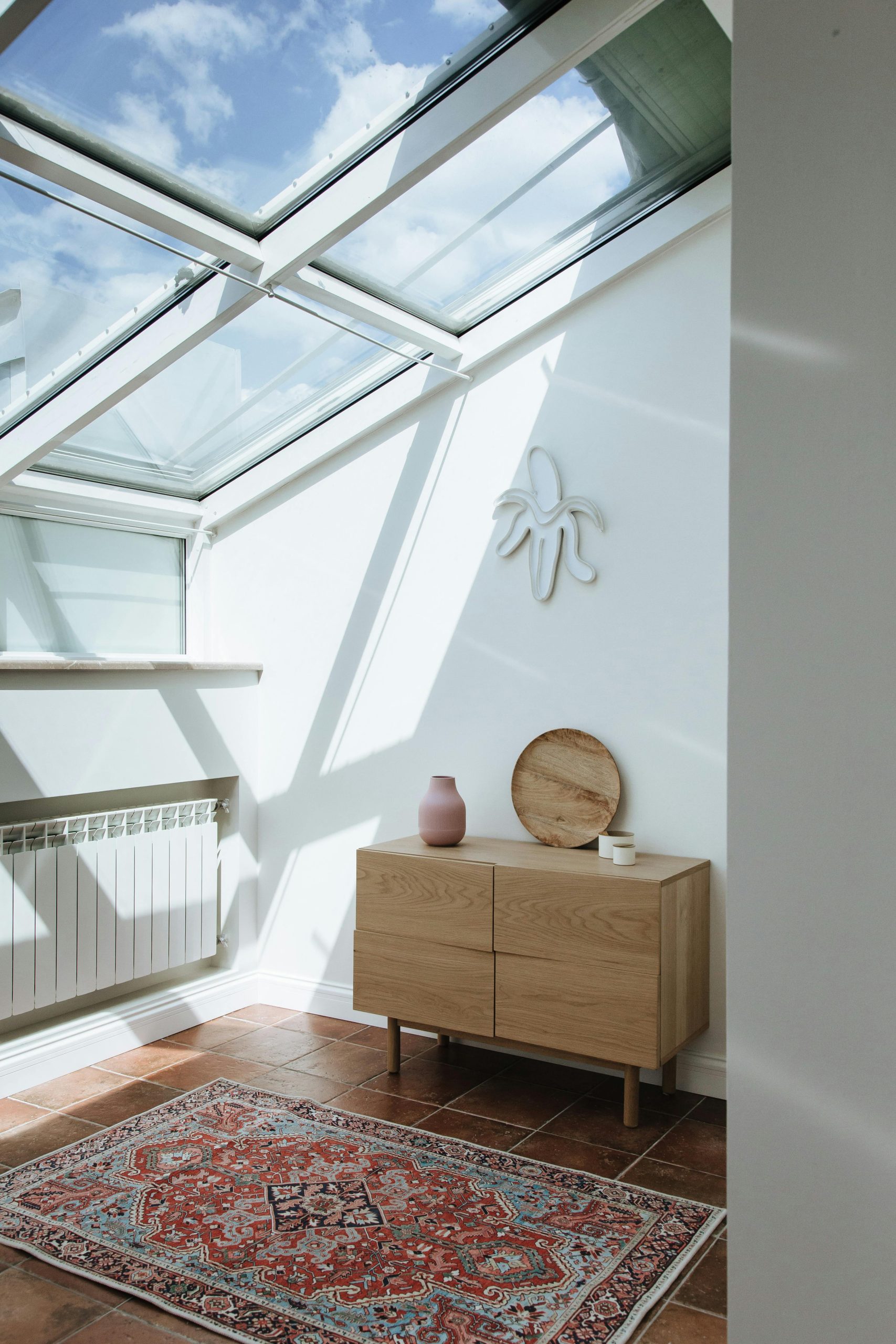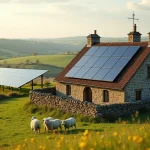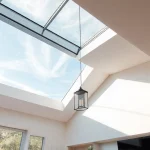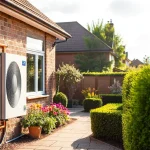Lantern rooflights transform interiors by flooding spaces with natural light and adding timeless elegance. Combining modern materials with classic designs, they improve energy efficiency while enhancing property value. Whether you seek traditional charm or sleek minimalism, discovering the right roof lantern can elevate your home’s comfort and style effortlessly. Explore practical options that suit your needs and budget, backed by quality guarantees and expert installation support.
Essential Guide to Lantern Rooflights: Definitions, Types, and Key Benefits
Lantern rooflights are architectural features designed to boost daylight and ambiance, primarily used on flat roofs for both homes and commercial settings. With Refined and Elegant Lantern Rooflights, you access a glazing solution that transforms dim interiors into bright, airy spaces. These rooflights sit atop roof openings, channelling light to flood interior rooms such as living areas, kitchens, or extensions, driving a sense of openness and enhancing the atmosphere year-round.
Topic to read : Year-round veggie oasis: your ultimate guide to repurposing a uk conservatory into a thriving greenhouse
Wide-ranging design options are available, from minimalist aluminium and classic timber to cost-effective uPVC frames. Glazing can be double or triple for enhanced thermal performance and energy efficiency, while bespoke models offer tailored shapes, dimensions, and colour finishes. This flexibility supports integration with both contemporary and traditional building styles.
Key benefits extend far beyond improved light. Roof lanterns enable natural ventilation with manual or electric openers, reduce energy bills through better insulation, and can boost property value by improving the look and comfort of your home. Many options come with self-cleaning glass, further reducing maintenance. Their precise engineering delivers impressive weatherproofing and longevity for modern living.
Also to read : Elevate your decor using chic frosted window film options
Choosing Lantern Rooflights: Materials, Designs, and Performance Features
Comparing roof lantern materials: uPVC, timber, aluminium, and composite options
Selecting the best material for lantern rooflights for flat roofs affects durability, maintenance, and thermal efficiency. UPVC framed lantern rooflights are valued for low cost and minimal upkeep, ideal for buyers seeking practicality and budget-friendliness. Timber framed lantern rooflights deliver a natural look and suit heritage projects, with robust insulation but higher maintenance. Aluminium frame roof lanterns stand out for modern aesthetics and slim sightlines that maximise the benefits of flat roof lanterns, making them popular for contemporary and commercial spaces. Advanced composite frames blend advantages from several materials—strength, energy performance, and aesthetic flexibility.
Glazing technologies: double vs triple glazing, self-cleaning coatings, and glass dynamics
Choosing between roof lanterns with double glazing and roof lanterns with triple glazing is key for energy efficient roof lanterns. Double glazing meets most insulation needs, but triple glazing offers greater comfort and noise reduction for lantern rooflights for flat roofs exposed to harsher climates. Self-cleaning coatings simplify maintenance, and specific roof lantern glass types are engineered for daylight control, UV protection, and solar gain management.
Customisation: sizing, shapes, colour finishes, and tailored solutions
Bespoke roof lantern solutions enable roof lanterns for modern homes and heritage properties to match unique project requirements. Custom options span roof lantern shapes and styles, colour finishes harmonised with interiors, and precise sizing to maximise daylight. These choices ensure that every roof lantern enhances space efficiency and architectural impact.
Installation, Maintenance, and Sourcing Lantern Rooflights
Planning Rules, Regulations, and Installation Choices
Professional roof lantern installation offers reliability, especially for flat roof lantern installation where compliance with building regulations is vital. Most UK regions require that lantern rooflights for flat roofs do not project more than 15mm above the roof surface; planning permission is typically not needed, but compliance with safety, ventilation, and energy efficiency rules is mandatory. For roof lanterns for kitchen extensions or modern homes, regulations often specify details such as glazing type and U-values. While DIY installation is possible, professional roof lantern installation ensures waterproof roof lantern fittings and structural integrity.
Cost, Warranty, and Supplier Considerations
The cost of roof lantern installation varies by material—aluminium frame roof lanterns often cost more than UPVC framed lantern rooflights or timber framed lantern rooflights, but bring added durability and style. Reputable UK roof lantern suppliers provide clear cost breakdowns, fast delivery, and solid warranty coverage on roof lanterns, commonly spanning ten years. Bespoke roof lantern solutions and roof lanterns for daylight enhancement can also raise property value, supporting home investment decisions.
Maintenance for Longevity
Routine maintenance of roof lanterns involves gently cleaning self-cleaning roof lantern glass with mild detergent and soft sponges a few times per year, especially after high pollen seasons. Checking for waterproof seals for roof lanterns and addressing minor issues—such as cleaning blocked drainage channels—prevents leaks and preserves energy efficient roof lanterns’ lifespan.











